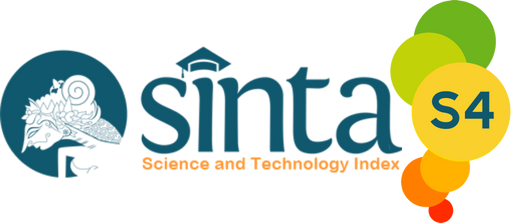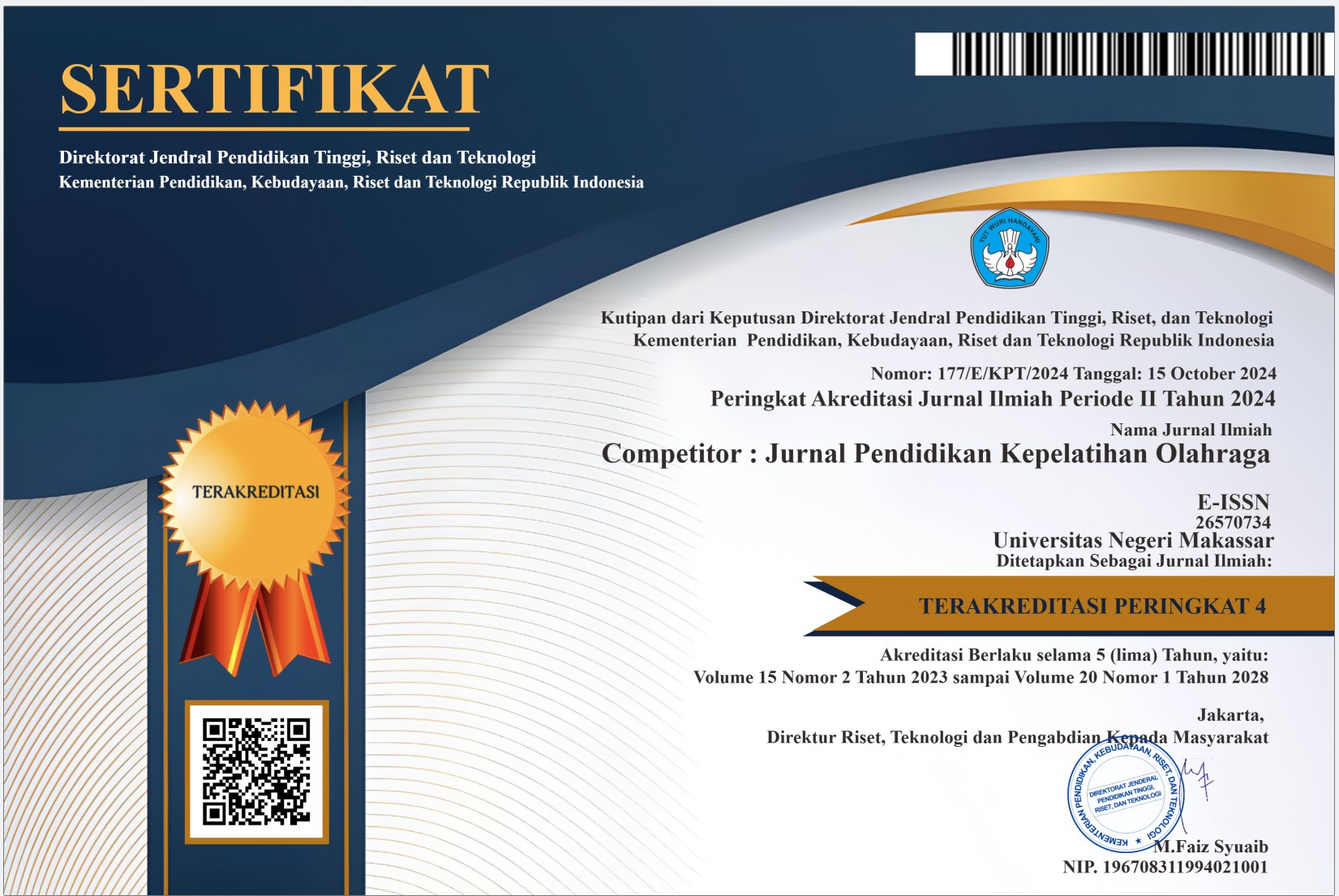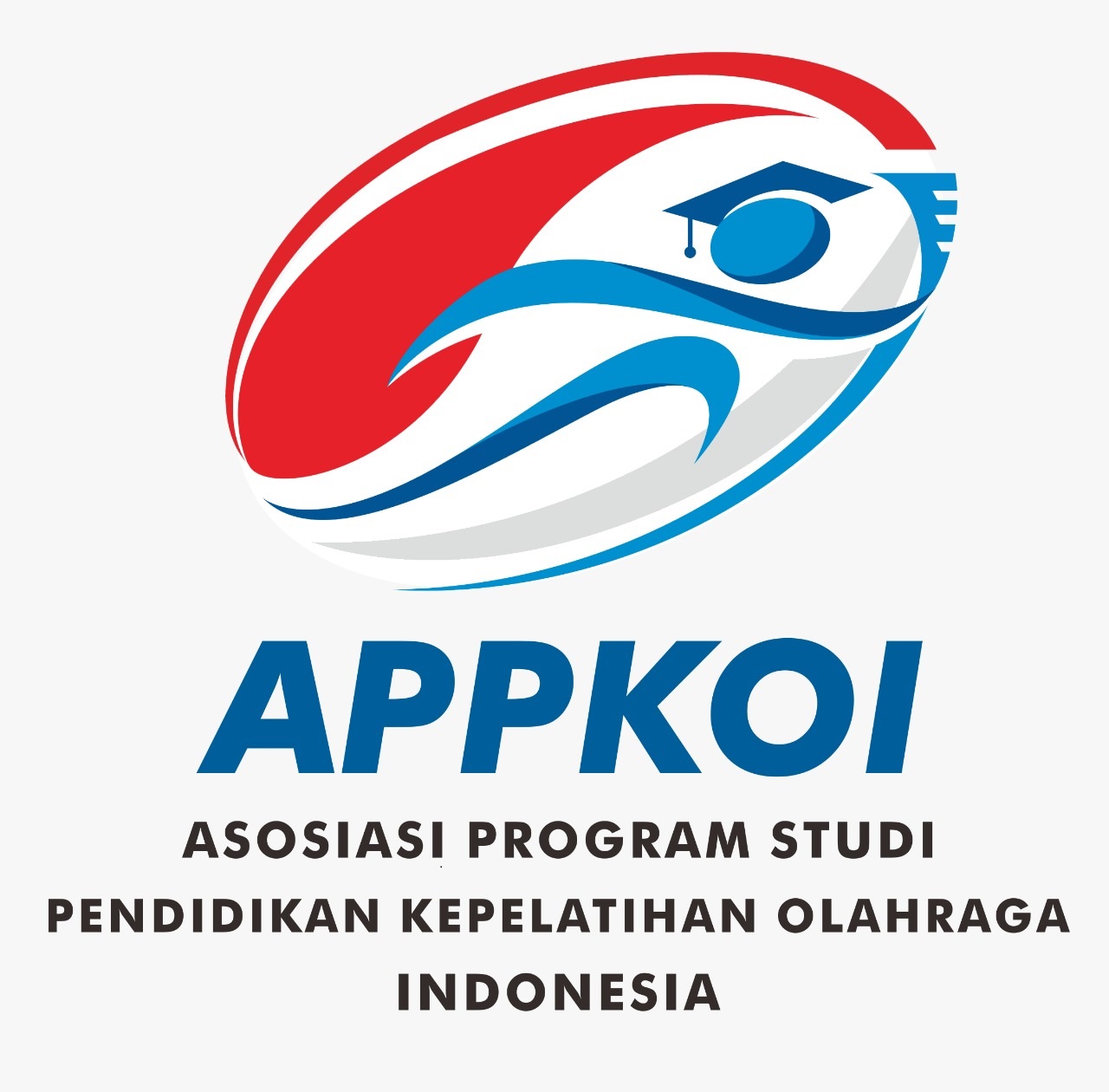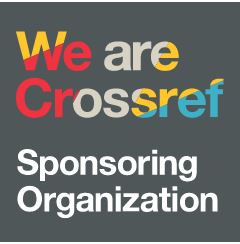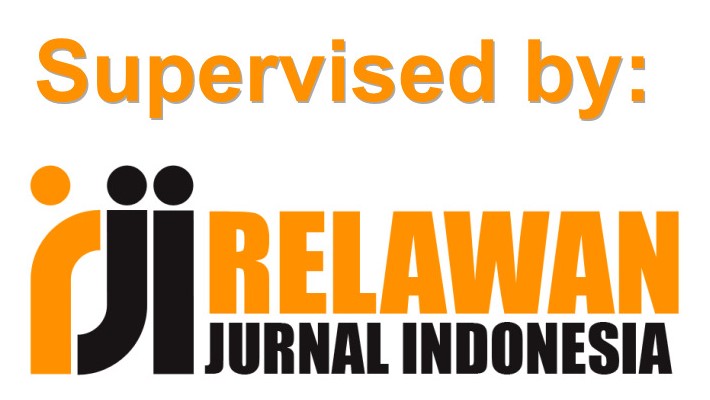The Relationship between Physical Fitness Level and Pulse Rate, and Blood Pressure in 8th Grade Students of MTS Nurul Ulum Welahan
DOI:
https://doi.org/10.26858/cjpko.v17i2.254Keywords:
Relationship; Physical Fitness Level; Pulse Rate; Blood Pressure; Students.Abstract
This study analyzed the relationship between physical fitness (VO₂max) with pulse rate and blood pressure in 58 eighth-grade students of MTs Nurul Ulum Welahan Jepara, by measuring VO₂max through a beep test as well as pulse rate and blood pressure before and after physical activity. The majority of students were classified as moderate fitness category (3) with (VO₂max 31-46 ml/kg/minute) with an average pulse rate of 95 bpm, an average systolic blood pressure of 129.38 mmHg (range 94-204 mmHg), and diastolic 77.48 mmHg (range 53-104 mmHg), including several cases of high systolic blood pressure. Pearson correlation analysis showed a significant weak negative relationship between physical fitness and heart rate (r = -0.287; p = 0.030), as well as a significant positive relationship with moderate to strong strength between physical fitness and diastolic (r = 0.576; p = 0.000) and systolic (r = 0.682; p = 0.000) blood pressure. These positive findings differ from the general literature and are thought to be influenced by post-intense physical activity measurements and the characteristics of adolescents during their developmental period. This study emphasizes the importance of physical activity in maintaining adolescent cardiovascular health and the need for contextual interpretation of physiological measurement results, particularly blood pressure, as a basis for developing physical fitness improvement programs in schools.
References
Ahmad, G., Ghifari, A., Berawi, K. N., Graharti, R., Kurniati, I., Studi, P., Dokter, P., Kedokteran, F., Lampung, U., Fisiologi, B., Studi, P., Dokter, P., Kedokteran, F., Lampung, U., Klinik, B. P., Studi, P., Dokter, P., Kedokteran, F., & Lampung, U. (2024). Tekanan Darah Pada Atlet : Literature Review Blood Pressure in Athletes : Literature Review. 14, 1963–1967.
Araujo, G. De, Gobatto, F. M.-, Papoti, M., Camargo, B., & Amp; Gobatto, C. (2014). Anaerobic and Aerobic Performances in Elite Basketball Players. Journal of Human Kinetics, 42, 137–147. https://doi.org/10.2478/hukin-2014-0068
Bismar, Ahmad Rum & Sahabuddin. (2019). Studi Pelaksanaan Evaluasi Pembelajaran Pendidikan Jasmani Olahraga dan Kesehatan pada Siswa SMP di Makassar. Prosiding. Seminar Nasional Lembaga Penelitian Universitas Negeri Makassar; 103-107.
Hanief, Y.N. (2014). Pengaruh Latihan Pliometrik dan Panjang Tungkai Terhadap Kecepatan Renang Gaya Dada 50 M. Skripsi. Program Studi Pendidikan Kepelatihan Universitas Sebelas Maret Surakarta
Hoffmann, J. J., Reed, J. P., Le iting, K., Chiang, C. Y., & Stone, M. H. (2014). Repeated sprints, high-intensity interval training, small-sided games: Theory and application to field sports. International Journal of Sports Physiology and Performance, 9(2), 352–357. https://doi.org/10.1123/IJSPP.2013-0189
Maksum, A. (2008). Metodologi Penelitian. Surabaya: Univesity Press.
Maksum. (2018). Jurnal Pendidikan Olahraga dan Kesehatan Volume 11 Nomor 03 Tahun 2023. Jurnal Pendidikan Olahraga Dan Kesehatan, 11, 03. http://ejournal.unesa.ac.id/index.php/jurnal-pendidikan-jasmani/issue/archive
Muspita, M., Kamarudin, K., & Fernando, R. (2018). Profil Physical Fitness Mahasiswa Penjaskesrek Semeter I FKIP UIR Tahun 2015/2016. Journal Sport Area, 3(1), 70–78. https://doi.org/10.25299/sportarea.2018.vol3(1).1306
Nurkholis, Moh. (2015). Kontribusi Pendidikan Jasmani dalam Menciptakan SDM yang Berdaya Saing di Era Global. Prosiding. Seminar Nasional Olahraga UNY Yogyakarta; 192-201.
Pacholek, M. (2023). The influence of verbal encouragement on heart rate, maximum oxygen uptake, and distance covered in young male adults during beep test. Journal of Men’s Health, 19(2), 29–35. https://doi.org/10.22514/JOMH.2023.001
Sahabuddin. (2017). Evaluasi Program Pemusatan Latihan Daerah (Pelatda) PON XIX Sulawesi Selatan. Disertasi. Program Studi Pendidikan Olahraga Pascasarjana Universitas Negeri Jakarta.
Suwanto, Y. A., Lusiana, L., & Purnama, Y. (2021). Perbedaan Pulse dan Saturasi Oksigen Sebelum dan Sesudah Senam Bhineka Tunggal Ika (SBTI) di Era Pandemi Covid-19. Journal of Sport Coaching and Physical Education, 6(1), 59–62. https://doi.org/10.15294/jscpe.v6i1.46034
Wedri, N. M., Windayanti, K. A., & Ari Rasdini, I. (2021). Tingkat Aktivitas Fisik Berhubungan dengan Tekanan Darah Pekerja di Rumah Selama Masa Pandemi COVID-19. Jurnal Gema Keperawatan, 14(1), 16–26. https://doi.org/10.33992/jgk.v14i1.1571
Wellman, R. J., Sylvestre, M. P., Abi Nader, P., Chiolero, A., Mesidor, M., Dugas, E. N., Tougri, G., & O’Loughlin, J. (2020). Intensity and frequency of physical activity and high blood pressure in adolescents: A longitudinal study. Journal of Clinical Hypertension, 22(2), 283–290. https://doi.org/10.1111/jch.13806
Downloads
Published
Issue
Section
License
Copyright (c) 2025 Rizki Aryayudha Atmaja, Anirotul Qoriah (Author)

This work is licensed under a Creative Commons Attribution 4.0 International License.

